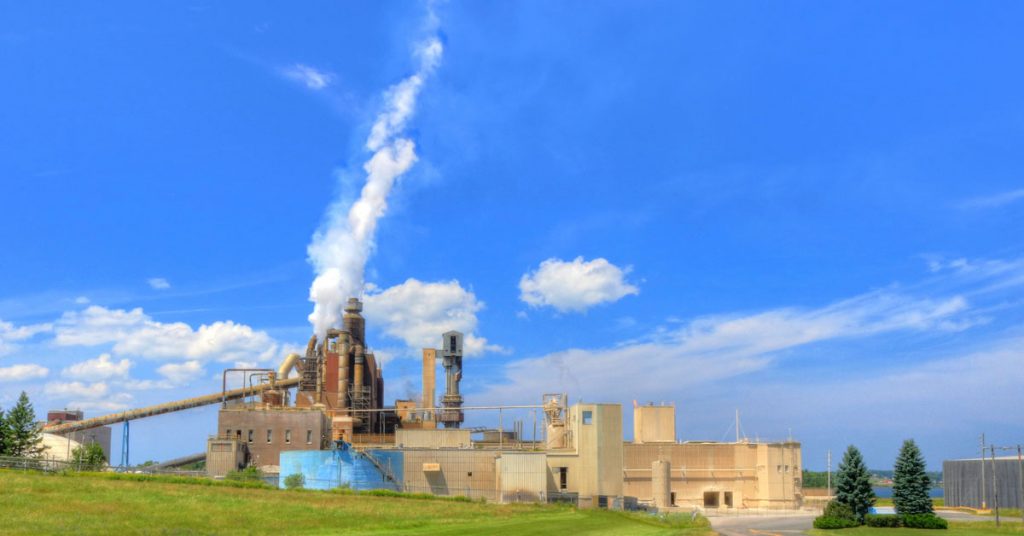
News
Water & Chemicals
N.S. releases final terms of reference for Northern Pulp’s EA report
April 29, 2020 By Kristina Urquhart
 Photo © Murdo Ferguson/Paper Excellence
Photo © Murdo Ferguson/Paper Excellence The province of Nova Scotia has released the final terms of reference for Northern Pulp’s environmental assessment (EA) report on its proposed effluent treatment facility.
The terms of reference outline what the Paper Excellence–owned mill must do in order to complete the EA report, which is just one of the steps on the path to the mill potentially reopening.
Once submitted, Environment Minister Gordon Wilson must decide if the report warrants the appointment of an environmental assessment panel. After the panel reviews the EA report, the minister will either approve the project with or without conditions, or reject it.
Northern Pulp, which has expressed that it wants to reopen, has up to two years to gather information and submit the report. That may be extended to three years if studies required by the terms of reference would exceed the two-year period.
Last October, Northern Pulp filed a focus report for environmental assessment, containing additional information about its proposed effluent treatment facility.
The plant would use Veolia Water Technologies’s AnoxKaldnes BAS (biological activated sludge) process, which combines moving bed biofilm reactor technology with conventional activated sludge. Once treated onsite at Northern Pulp’s facility, a 15-kilometre-long transmission pipeline would send treated effluent into Northumberland Strait, discharging via an engineered diffuser.
In December, Minister Wilson announced that a full environmental assessment report would be required to assess the project scope, with terms of reference due in April of this year.
The 29-page terms of reference document expands on the draft terms of reference released Jan. 9 and provides a detailed explanation of all the information required of Northern Pulp, including assessments of adverse effects to the groundwater, surface water, marine water and wetlands, the climate and air quality, ambient noise and light levels, aquaculture, etc.
A thorough explanation of the treatment facility’s design and variations, along with discussion of planned changes to the mill that may affect the performance of the effluent treatment facility, is also required.
Without an approved replacement for its wastewater treatment plant, Northern Pulp was forced to close on Jan. 31, which was the province’s deadline to cease use of the Boat Harbour aerating lagoons for effluent disposal.
On Apr. 26, the mill’s effluent pipe, which was still carrying water from the power boiler to the lagoon, was capped.
The closure affected about 300 direct workers at the kraft mill, and sparked what some deem the collapse of the Nova Scotia’s forestry industry.
According to local news outlet The Chronicle-Herald, less than 30 employees will stay on at the mill after May 1 to maintain the plant and work on cleanup, and 16 employees will continue working for Northern Pulp’s woodland operations to provide harvest blocks to sawmills.
Print this page